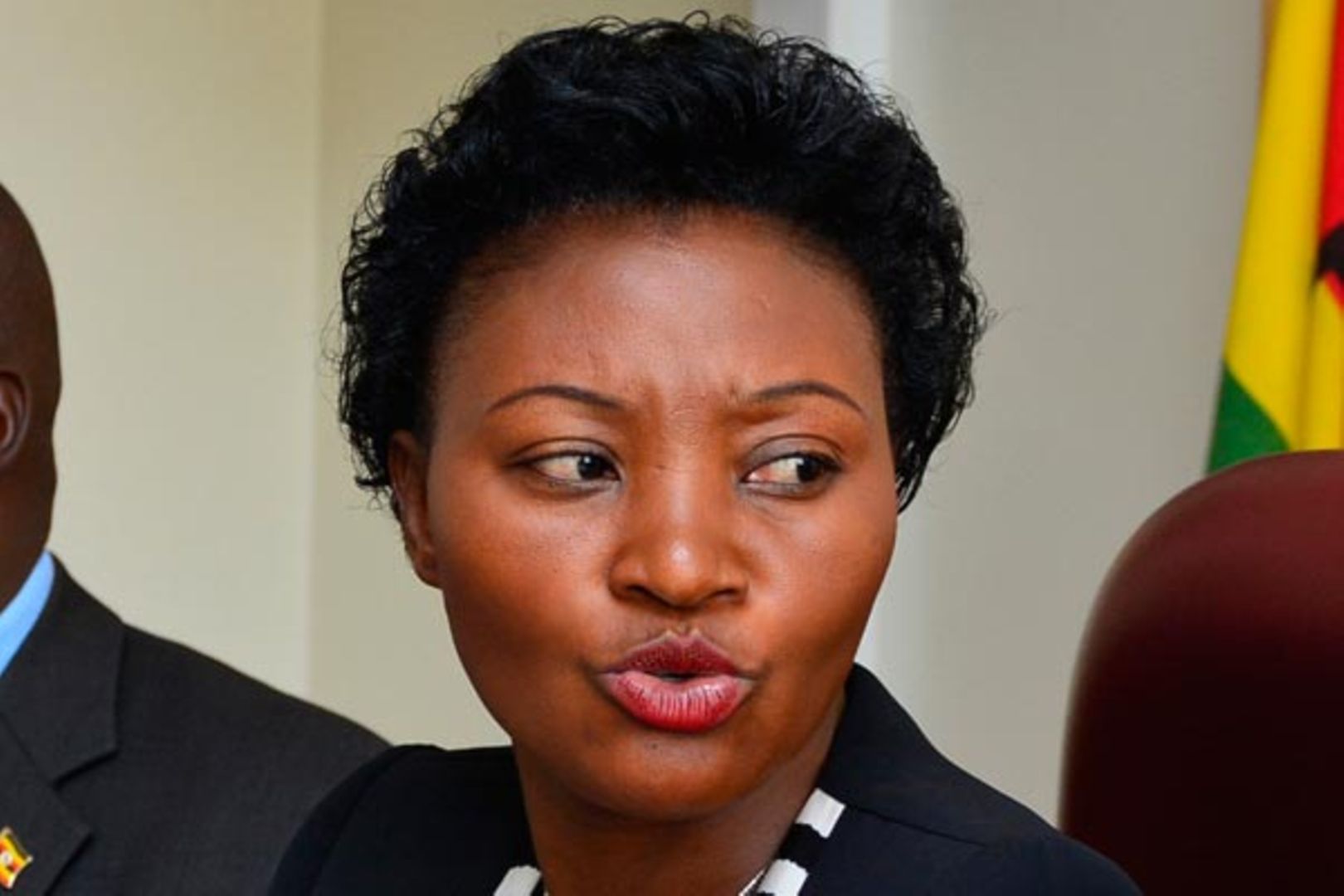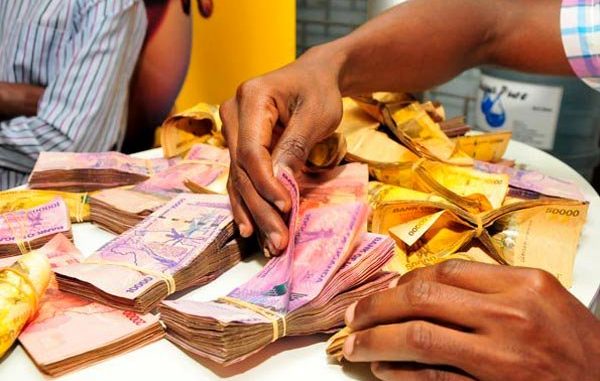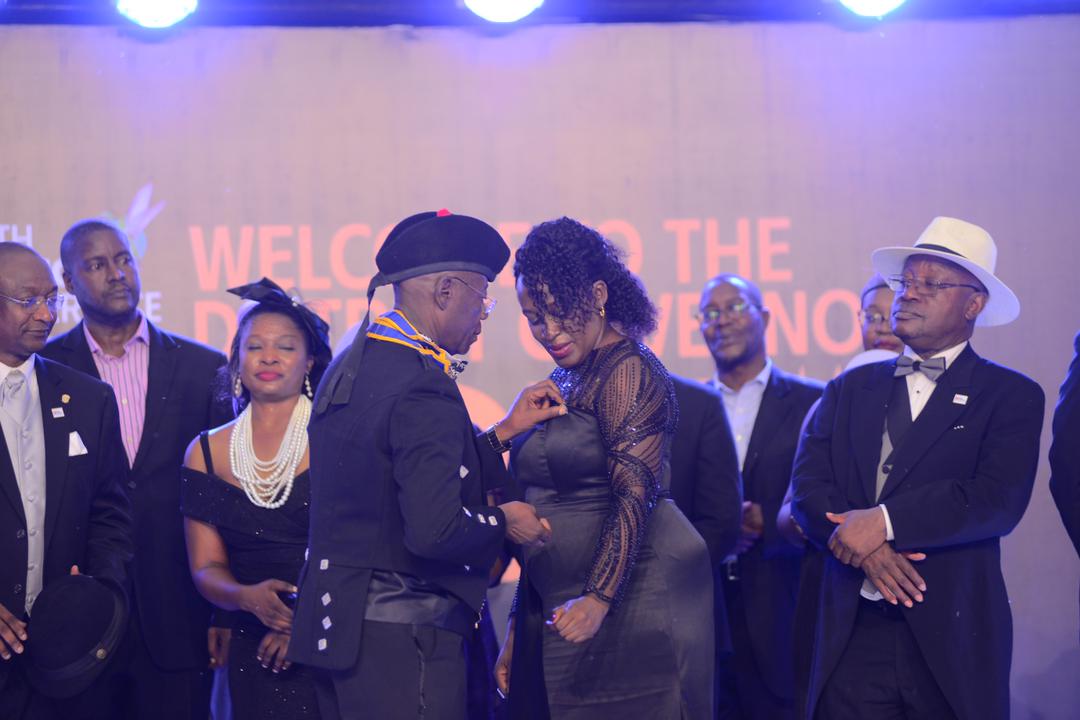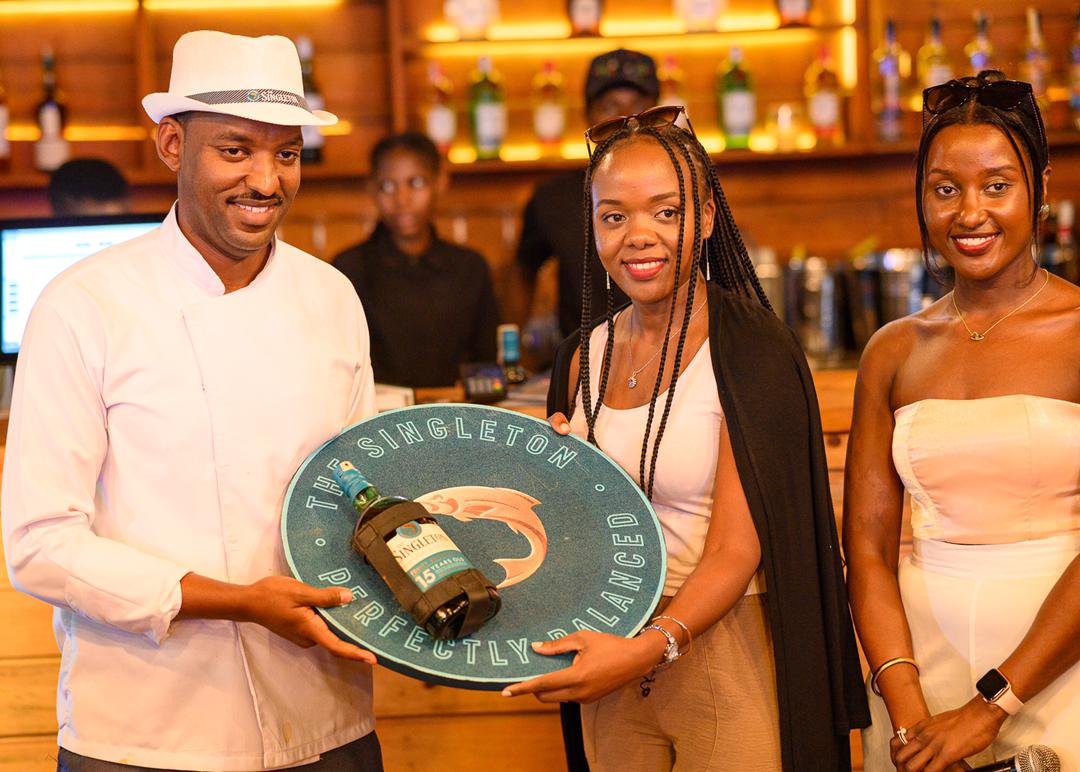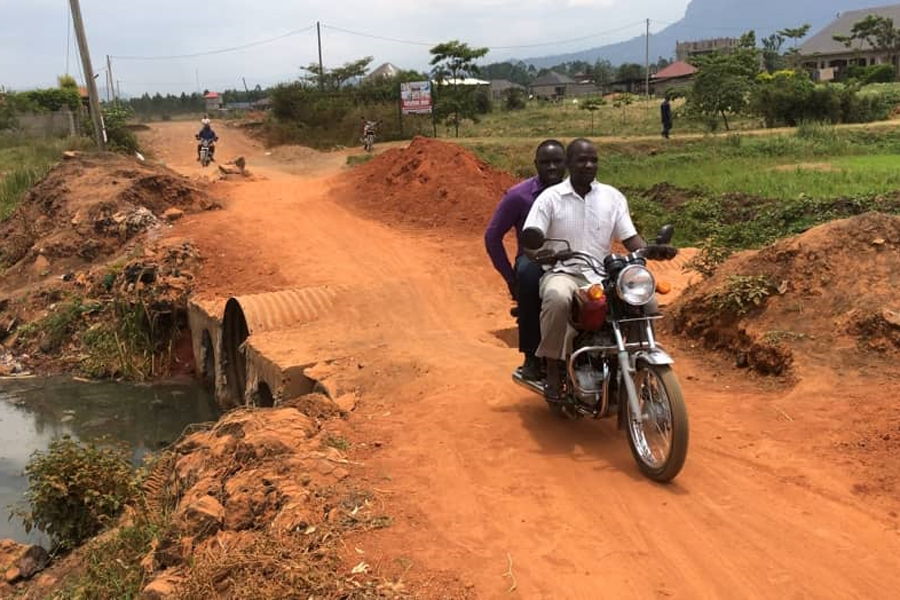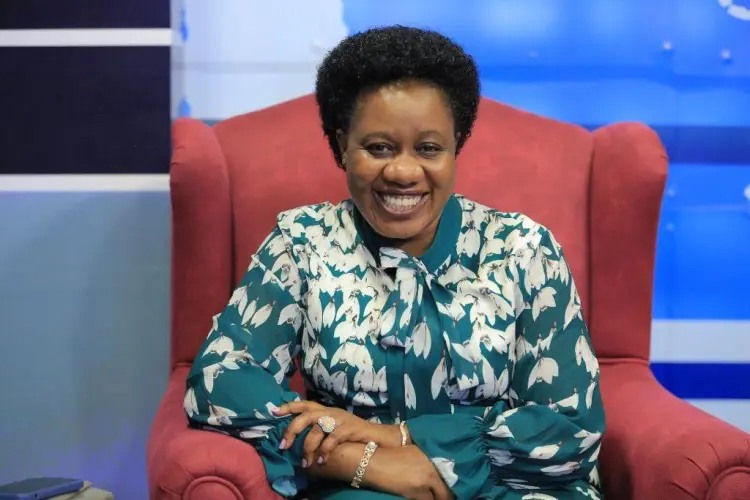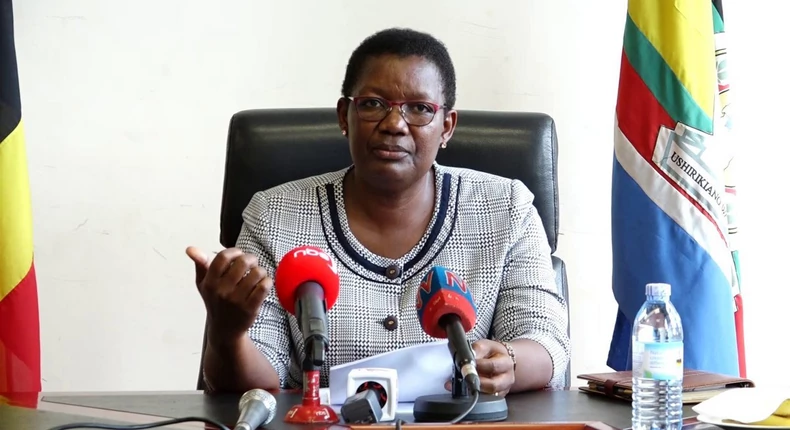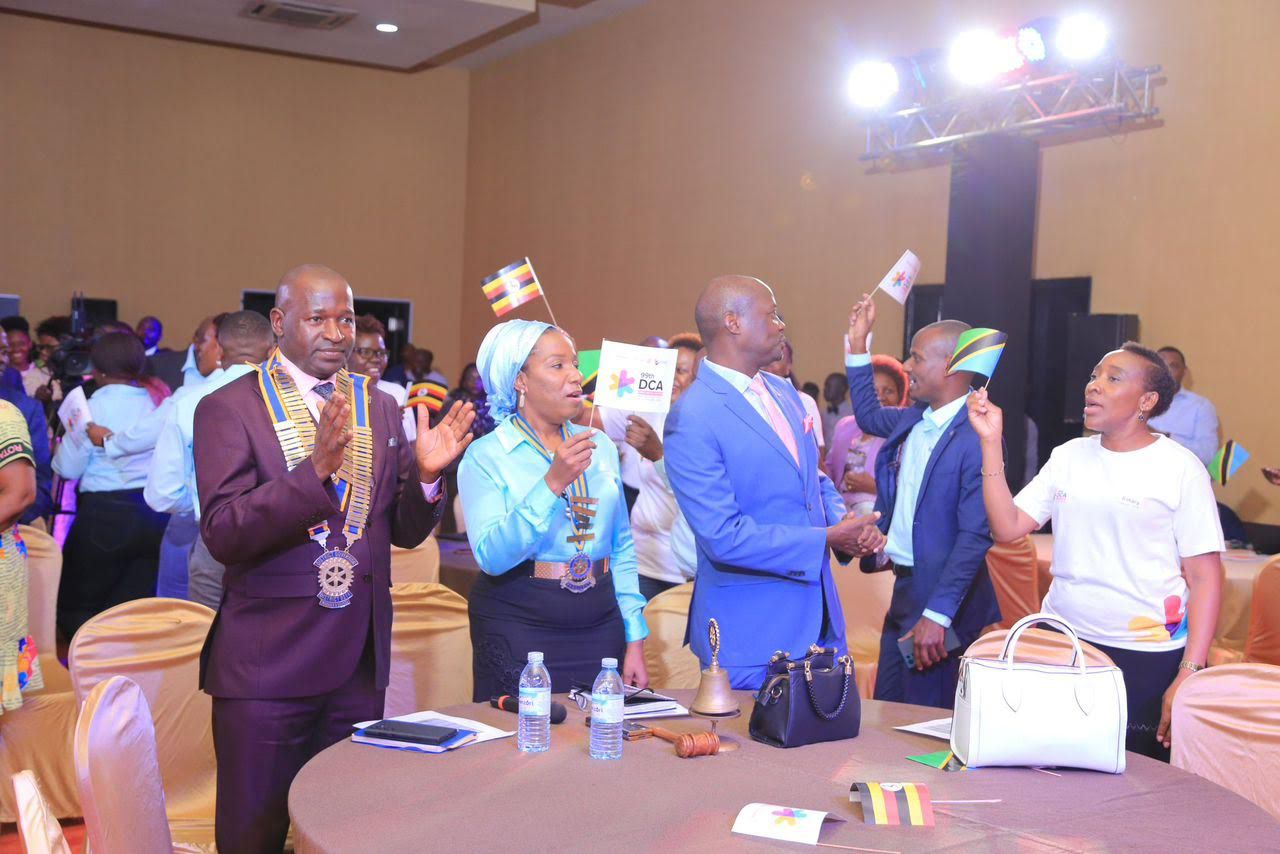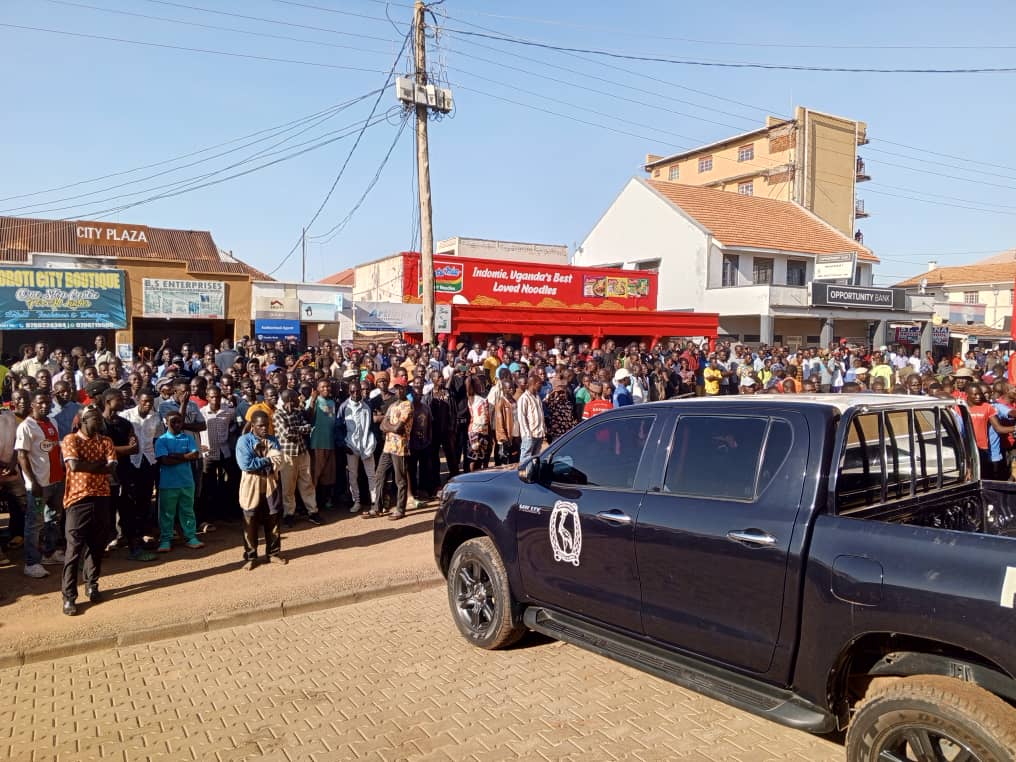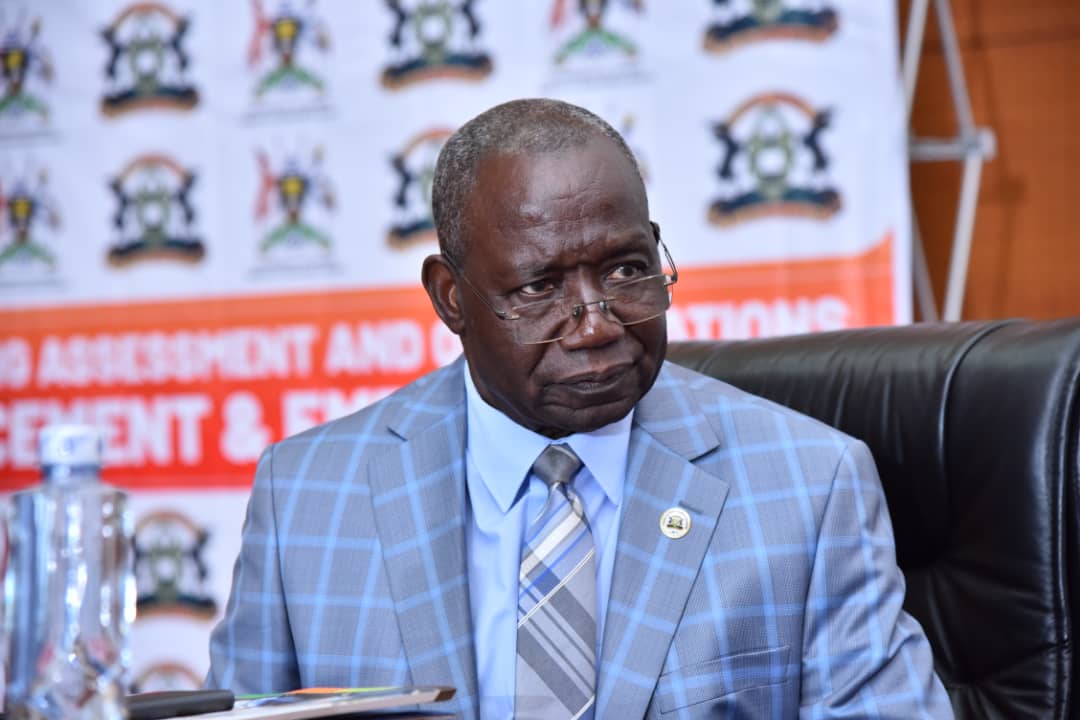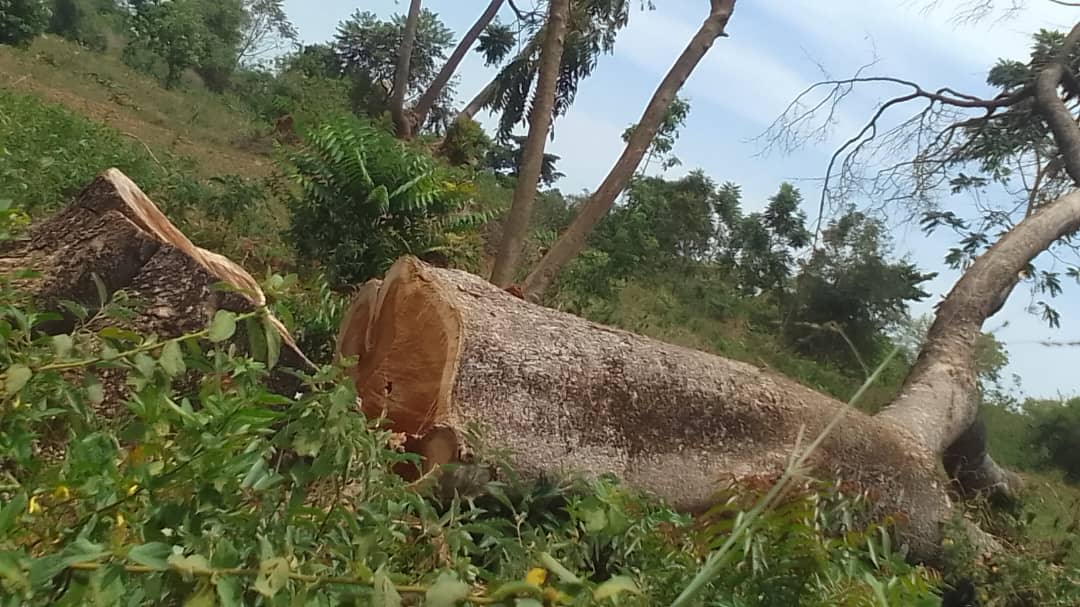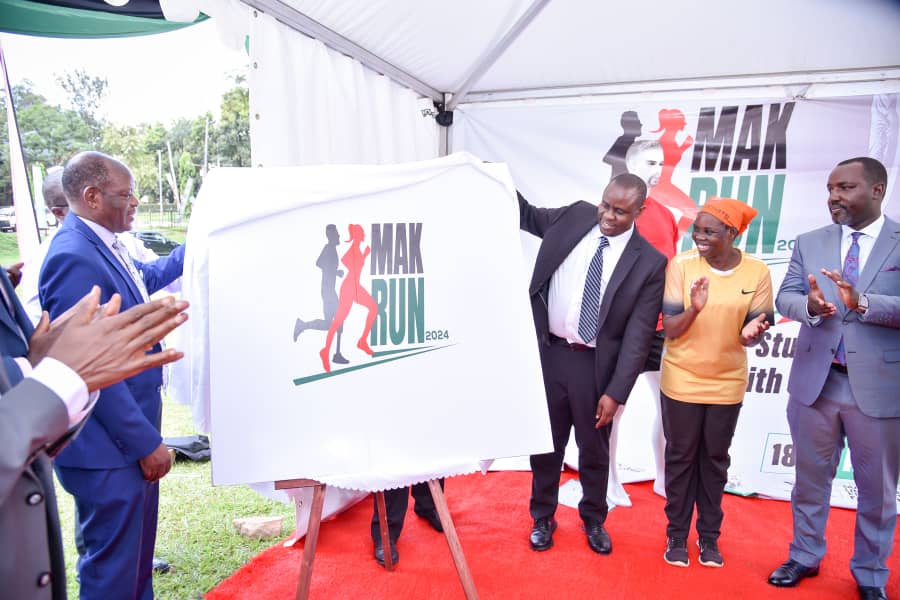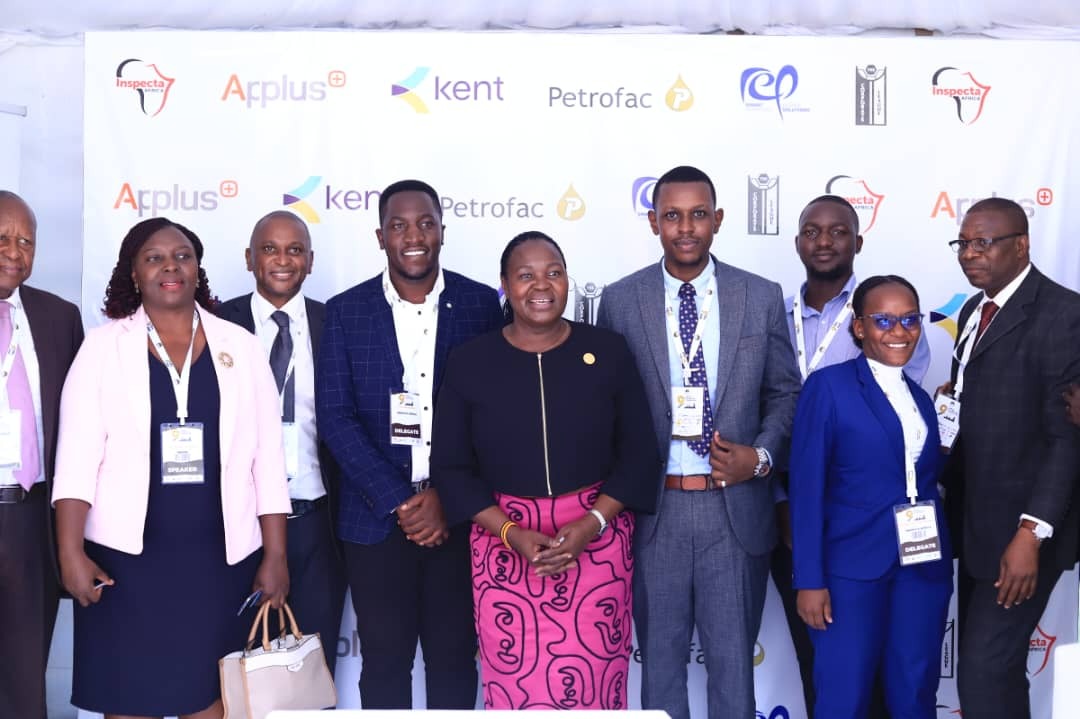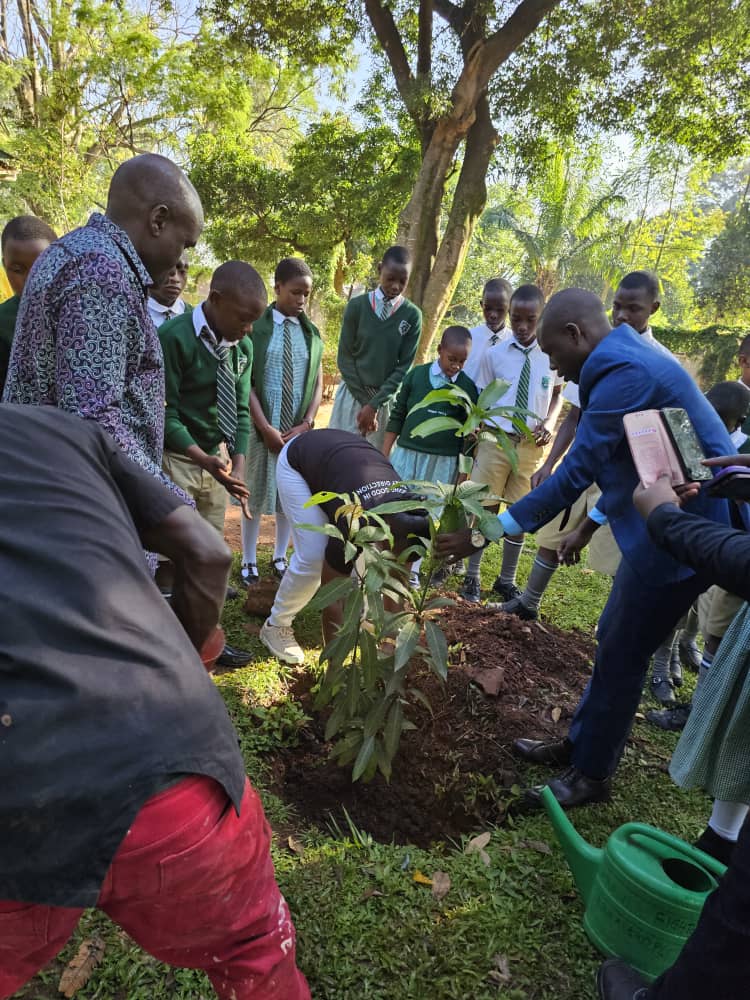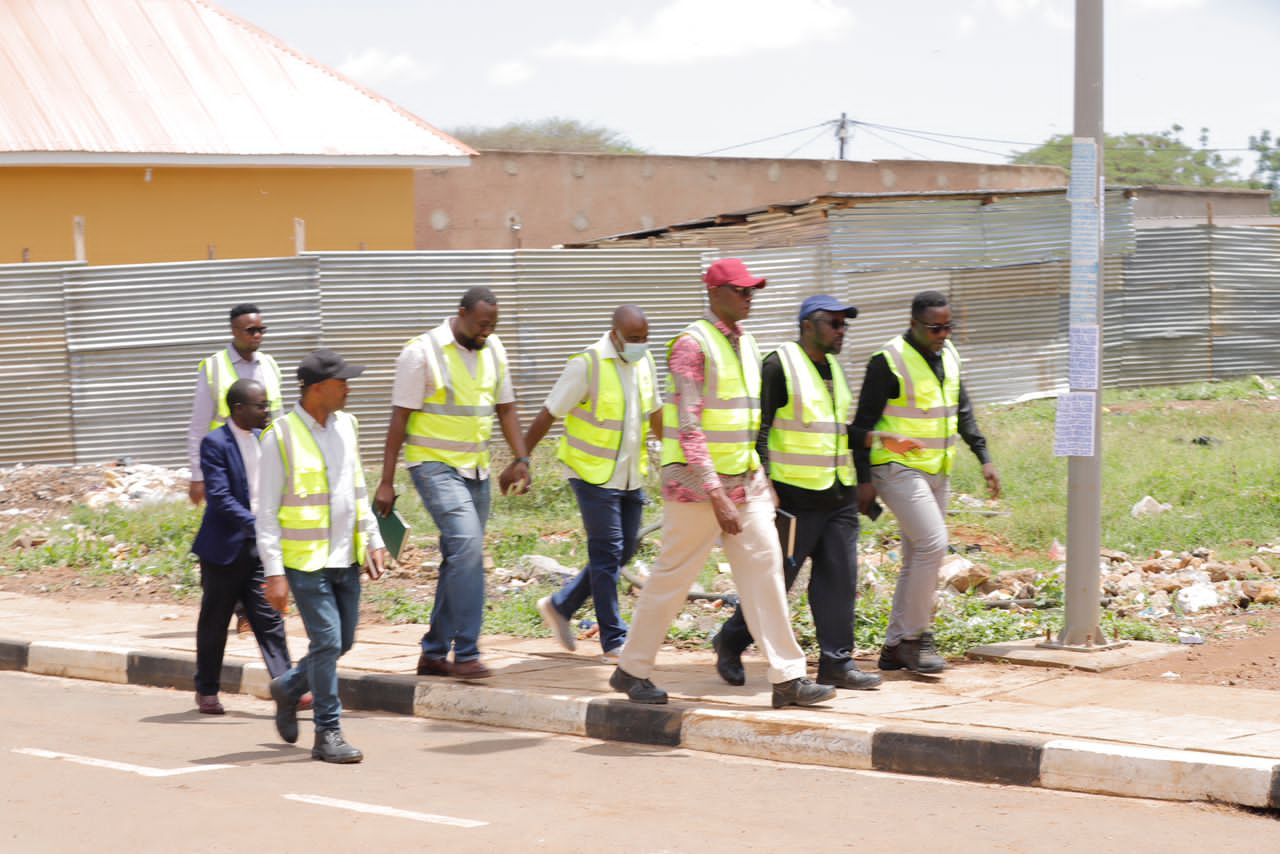I saw Museveni shedding tears like a little baby in the bush, as Oyite Ojok’s chopper hovered
The recently concluded symbolic trek was a repeat of an initial trek in 1999 by President Museveni in Luwero triangle, which itself is very allegorical of the 1986 liberation war.
During the trek, many NRA surviving officers and bush war heroes were snatched by nostalgia, and they delineated the events that culminated into a victory for Museveni and his ‘tactically disciplined’ forces.
Keep Reading
Speaker after speaker noted it was resilience that propelled them to victory, the stories were like a movie, it was unbelievable that people went through certain things and survived to tell the rest. Bravery smelt anew and youth around left lips agape as bush war heroes went on and on, some having half limbs or Bullet-shattered body parts to show for it.
But one man had a different dimension, the director for special duties in the office of the President, Kakoza Mutale had a different story- tears of President Museveni.
In one of the stopovers, he gathered many around him as was the case, and his tongue slipped into a story format.
“Many of you are hearing stories of victory, victory. No one is telling you the story of real war and sadness. We saw President Museveni shedding serious tears,” he started.
Mutale said that in 1983 while the war started shaping up, a helicopter carrying army chief Oyite Ojok started hovering around the Luwero triangle, with two others, dropping artillery and smoking out NRA soldiers from their tiny bush pockets.
“The man called Ojok Oyite was ruthless to us, he fired artillery down and at the same time, the choppers started dropping leaflets asking us to surrender. Museveni (president) sat under a tree and started sobbing seriously. He was like a baby, he shed tears uncontrollably,” Mutale narrated.
He said that they took a long break as Museveni took an emotional journey to cry before he called them to him for the next course of action.
“When he was done with his tears, he came to us and calmly spoke and said whoever picks up the leaflet dropped by Oyite Ojok’s chopper is allowed to go home.”
“There were so many of us, and so many papers too, the message of the papers was clear, it was asking us to surrender. It was truth time, and indeed, no one picked up the papers, but there was a sudden quiet in the camp, we could not even sing a morale song. Whoever started a song, we just look at them and kept quiet.”
Oyite Ojok’s assault was further confirmed by Lt Col Paul Saamba who lost his arm when the NRA forces were shelled by aircraft artillery at Kirema Primary School in Ssemuto in 1983.
Saamba was carried by fellow combatants while he carried his arm into a trench and in there another shell struck while they stitched him, shattering part of his backside.
Museveni’s narrates
President Museveni also narrates that indeed, they had a torrid time with Ojok’s helicopters in areas od Ngoma, Wakyato and Ssingo and these would come at a very low altitude ‘directing offensive against us’.
“These helicopters were dropping leaflets for guerillas to surrender, they were not visiting troops as we were told by Radio Uganda. On that day Oyite Ojok brought some Katyusha and 122mm howitzer in the area of Kyankwanzi and Kyakamunywero. The orders of the UPC troops were to advance on the 3rd of December from al fronts in one more offensive,” he said.
Museveni, however, claims that they gave ‘Ojok and his group a ‘nasty blow” and the three helicopters spent the whole day ‘flying desperately around the battlefield”.
Ojok’s helicopter on the very day came down crushing, claiming the life of Ojok and thirteen other officers.
The writer is a private contributor to the Nile Post.


